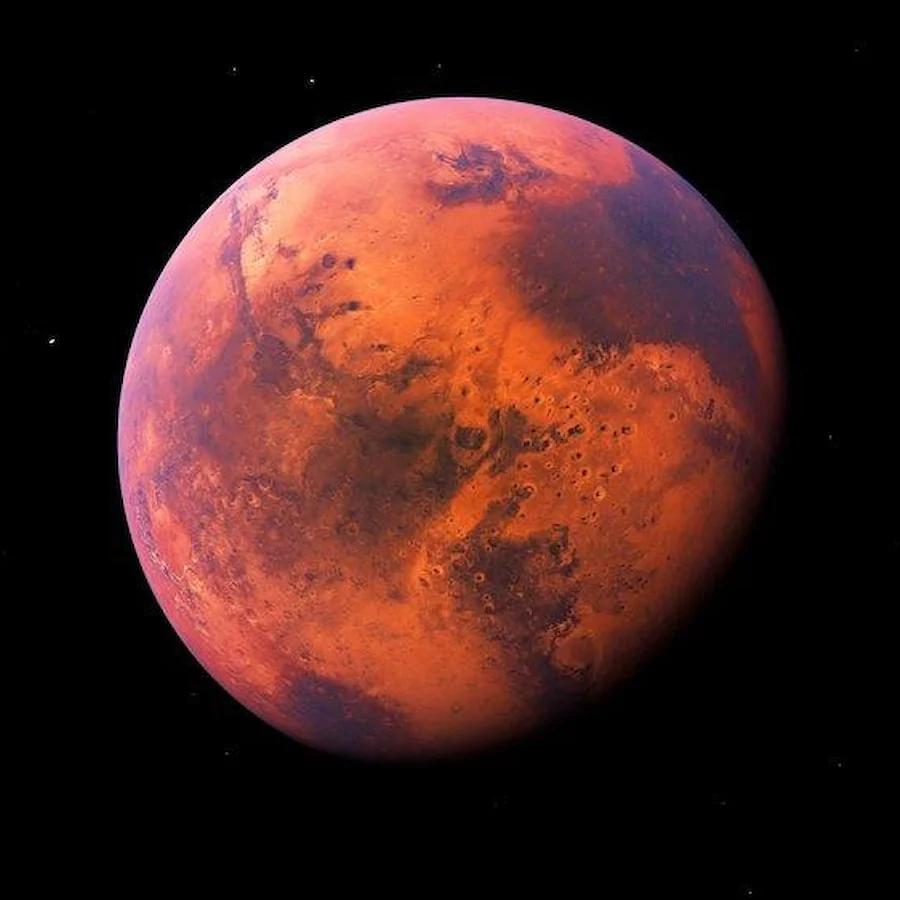For decades, space enthusiasts and scientists have pondered the possibility of life on Mars. A recent discovery by researchers now reinvigorates this quest for extraterrestrial life, thanks to evidence of ancient mud cracks on the Martian surface.

A research article recently made headlines, revealing that certain conditions on Mars could have produced cracks indicative of an environment that potentially supported microscopic life.
The origin of life on Earth remains a subject of debate and speculation. However, a leading hypothesis suggests that cyclical patterns of hydration and dehydration might have been crucial in forming the intricate chemical structures necessary for the emergence of microbial entities.
This theoretical context brings significant attention to the mud cracks observed by NASA’s Curiosity Mars rover. These findings suggest the Red Planet may have experienced conditions similar to those postulated for early Earth.

Published in the esteemed journal, Nature, the study details how the unique hexagonal design of the Martian mud cracks could be the inaugural evidence of historical wet-dry cycles on Mars.
William Rapin, the lead author from France’s Institut de Recherche en Astrophysique et Planétologie, commented, “The specific type of mud cracks we’ve identified are characteristic of repeated episodes of hydration and dehydration, potentially on a seasonal basis.”
Currently, the Curiosity rover is methodically exploring the sedimentary strata of Mount Sharp, a towering formation spanning three miles in height, located within the Gale Crater on Mars.
In 2021, the rover procured a sample from a geological site named “Pontours”. Positioned between a layer abundant in clay and another layered with salt-based minerals known as sulphates, this site provided significant insights. While clay minerals generally originate in water, sulphates predominantly appear when water evaporates. This distinction offers researchers a historical account of a time when the waters which once inundated the Gale Crater began to diminish.
The patterns discerned in the Pontours mud indicate repetitive cycles of hydration and dehydration. This environment, researchers propose, could have endured over prolonged durations.
Rapin noted, “This discovery is the inaugural empirical evidence showcasing Mars’s early climate experiencing consistent wet-dry cycles similar to those on Earth. Yet, what is truly pivotal is the realization that such cycles could be instrumental, perhaps even indispensable, for molecular progressions that culminate in life.”
He adds with a touch of wonder, “It’s indeed fortuitous for us to have Mars in our proximity, a celestial neighbor that still retains traces of the natural phenomena that could have culminated in life.”
This breakthrough adds a thrilling chapter to the ongoing saga of space exploration and the timeless quest to determine if we are, indeed, alone in the universe.




